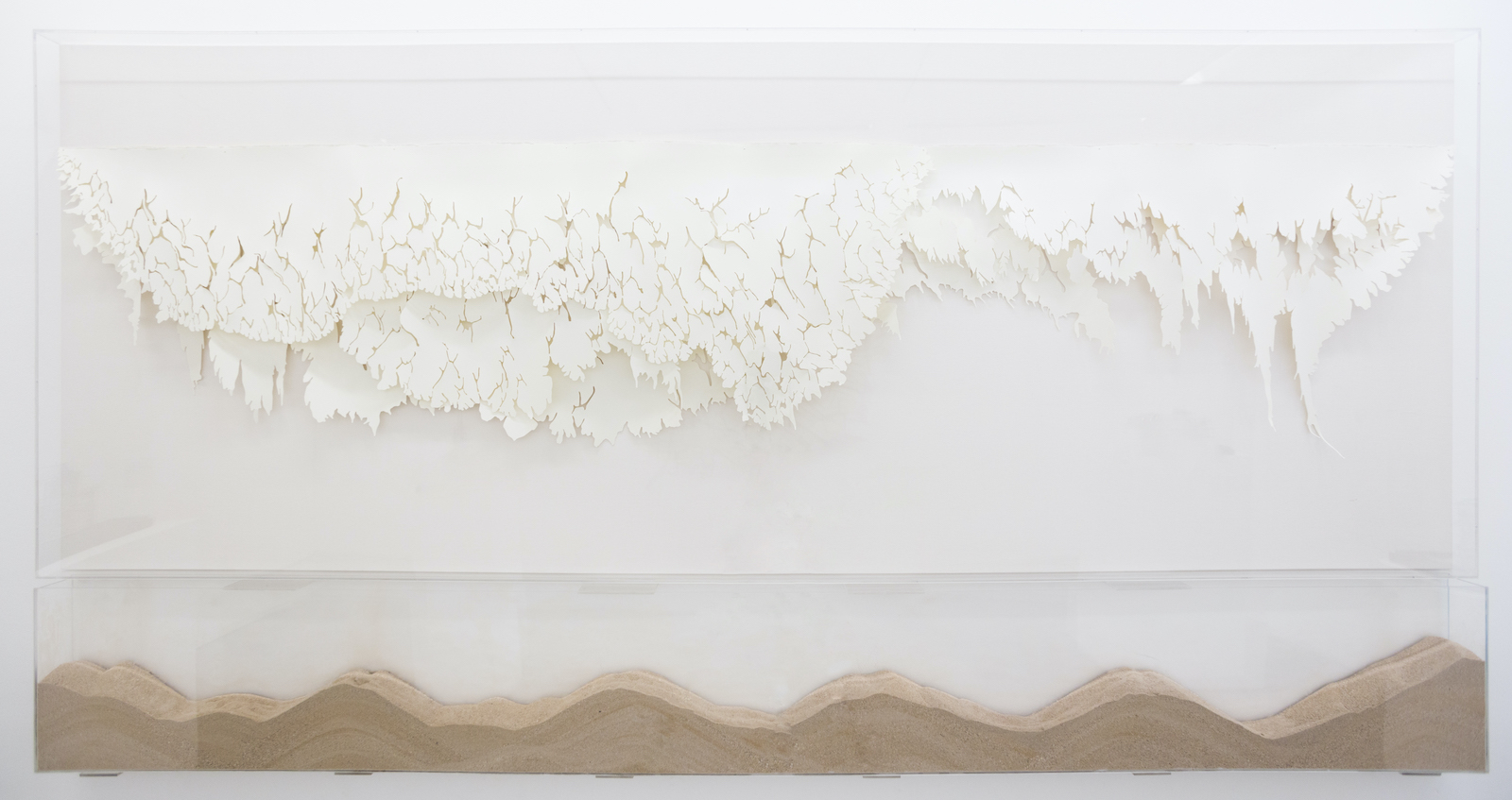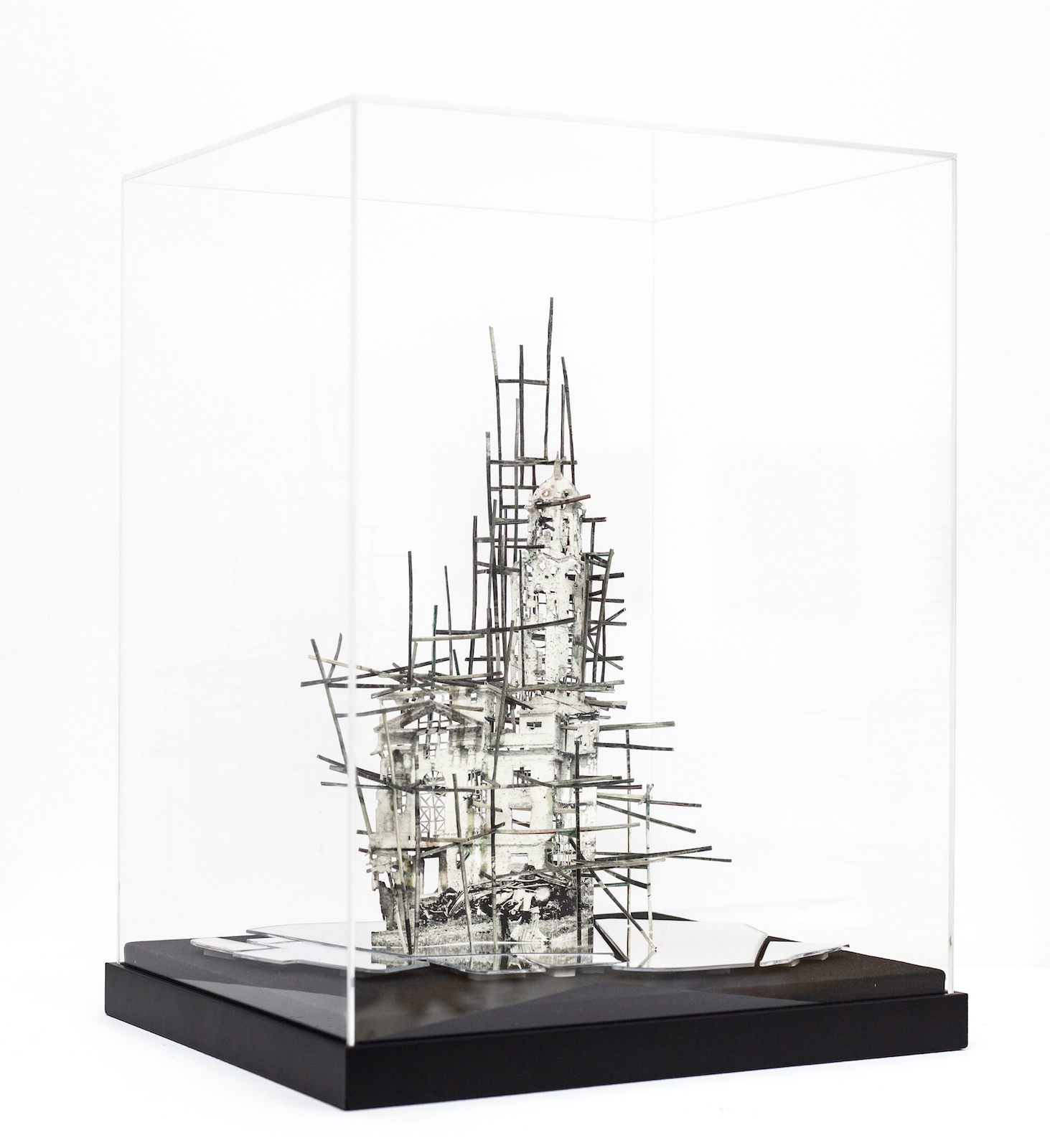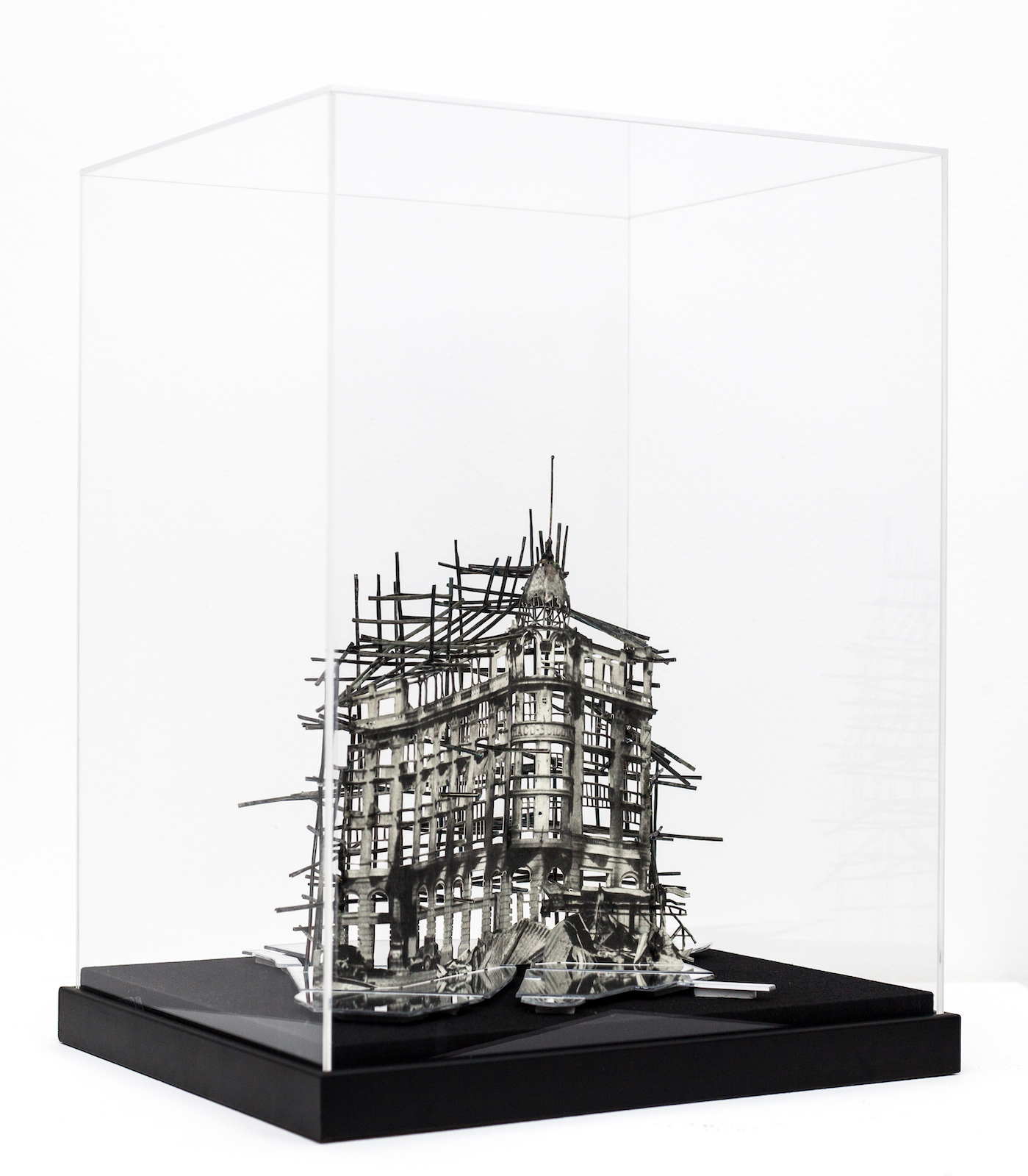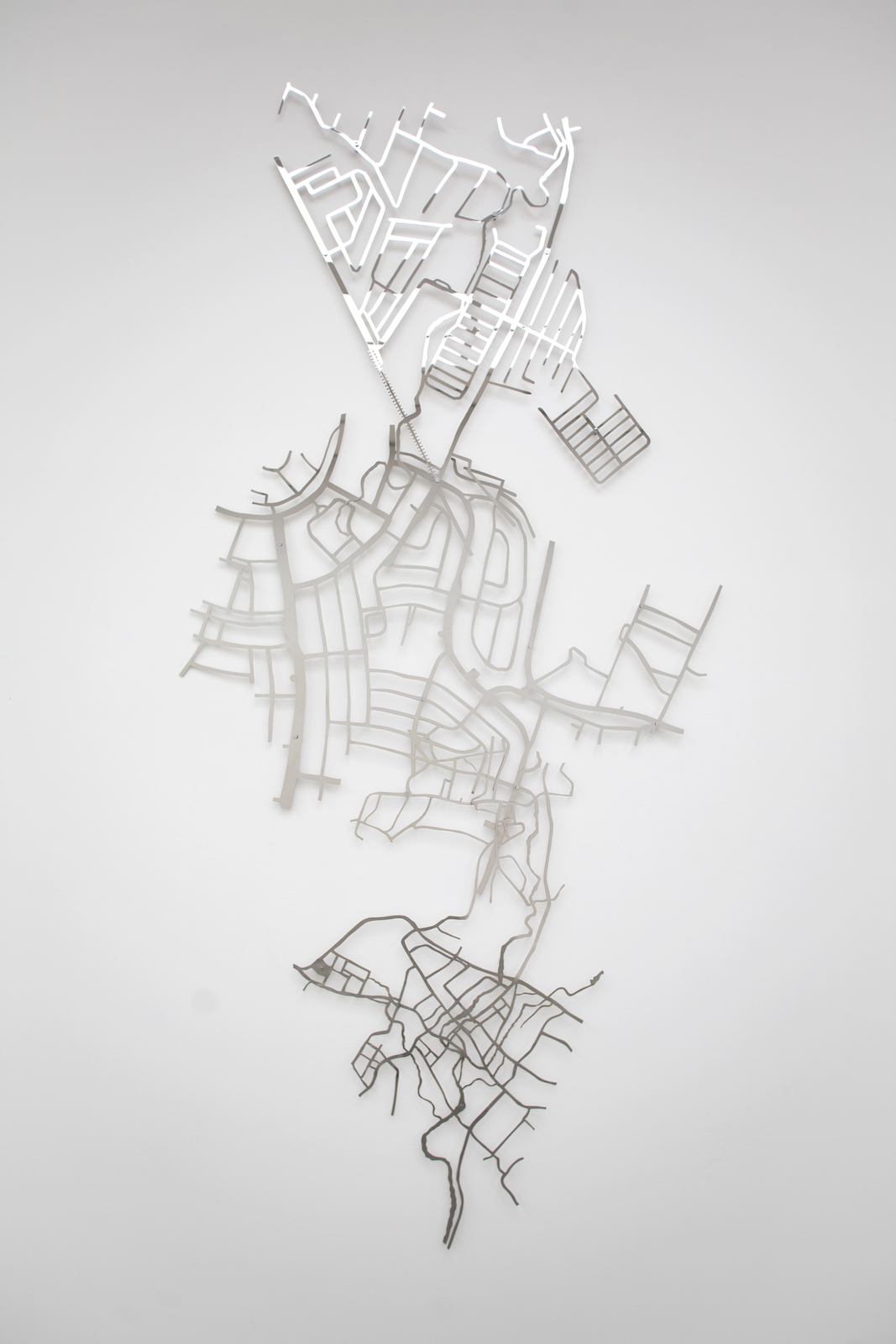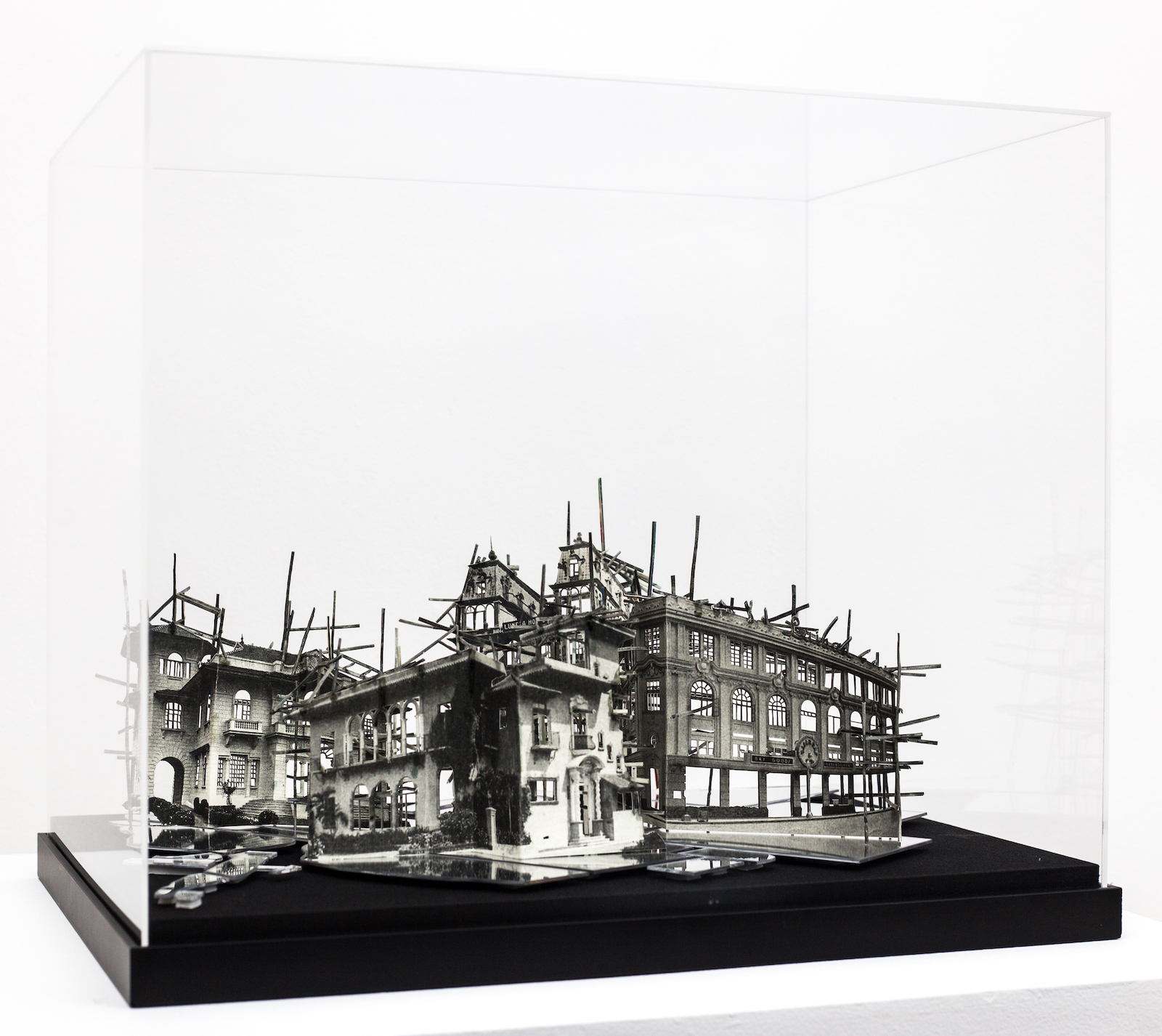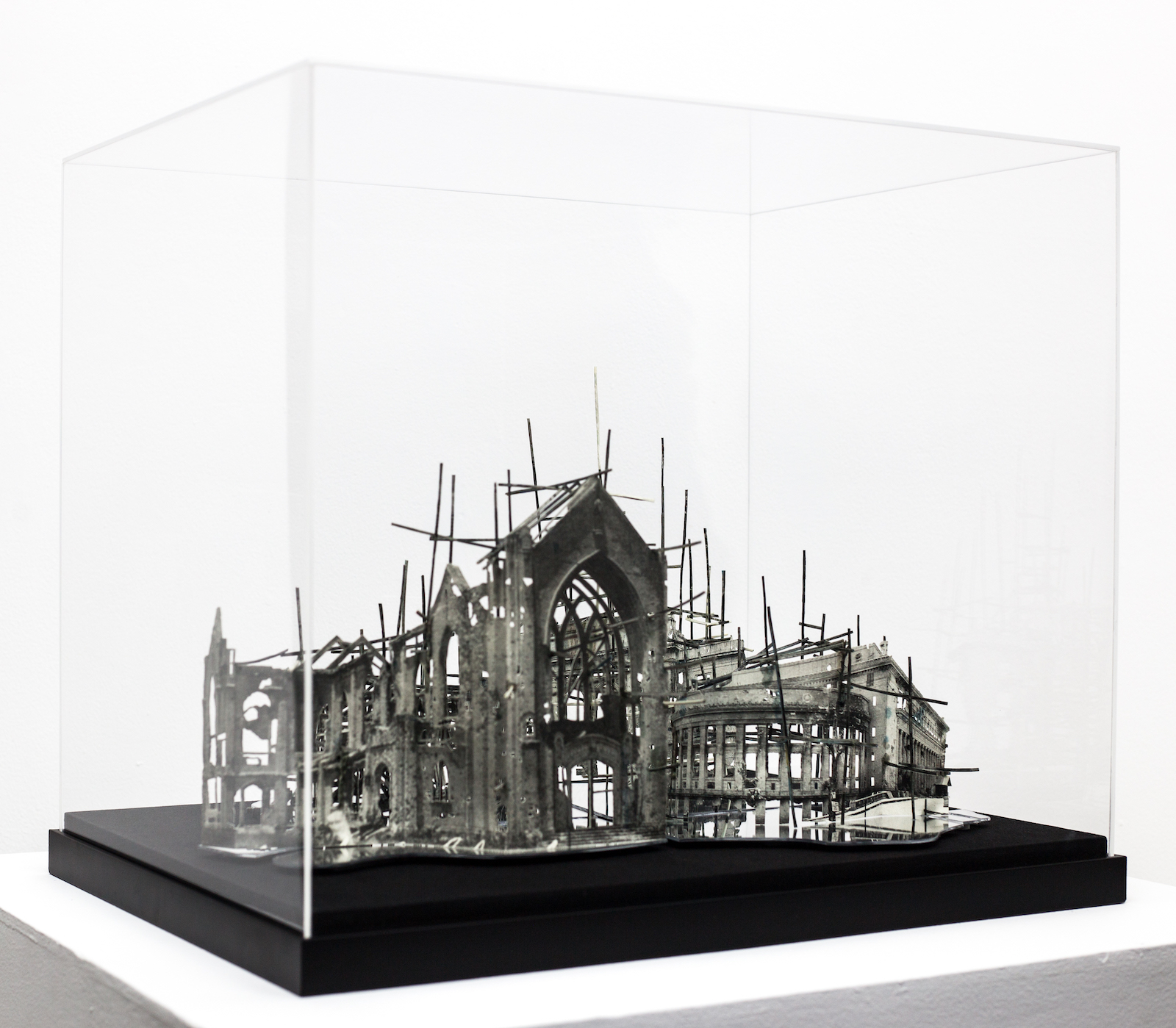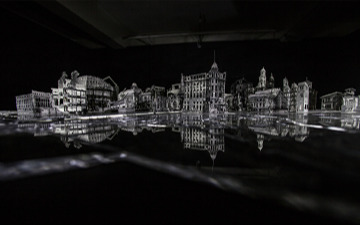
Behold a City + A Paradise Lost
Ryan Villamael
Silverlens, Manila
Installation Views
About
Behold a City
Behold A City, which Ryan Villamael first showcased at SILVERLENS, extols the old grandeur of Manila, the nation’s storied capital - the complex nexus of heritage, modernity, and all sorts of compulsions, political or otherwise, that attempt to define it. This is not Manila whittled down to a scale model but a re-imagination of the city by the artist in his ardor to approximate its complexity both as a physical, urban fact and an evolving concept.
Behold A City features an entirely new topography and arrangement. The previous work was caught in a fire, eerily repeating the fate of Manila when it was carpet-bombed by Japanese forces, becoming the world’s most devastated city after Warsaw during World War II. Just like its predecessor, the current work is an epistolary address to the country’s seat of power, Villamael’s “love letter to the city”.
Through his extensive use of archive materials (primarily maps), the artist, through this work and many others, meditates upon-and mediates - history, collective memory, the interpenetrating layers that constitute a locality. Villamael is the cartographer of real places re-imagined through the geography of art, mapping out the contours and possibilities of a life within the realm of the collective.
A Paradise Lost
Villamael’s fascination with history began when he came across some early maps where the idea of ‘The Philippines’ first started to appear, which at that period could be seen as just a random scattering of nearby islands, with various tribes (warring and friendly) that were forced into a single, unified entity by an external power. This set forth more than three centuries of foreign rule that effectively dissolved all but a few links to our pre-colonial origins. For Villamael, this fraught relationship with history is a powerful driving force that sets fire to his nagging desire to read and know more, to dig deeper and sort through the entanglements of hearsay and facts, and from there begin to piece together a picture that may shed light to how we, as people, ended up where we are today.
With A Paradise Lost, Villamael returns to the intimacy of paper; hand cut, made intuitively and in isolation. Presented as a set of unfurled scrolls, which in total spans close to 20 meters stretched across the length of the gallery’s inner walls, the work evokes a faint horizon seen from a distance, a distance that it is keen to preserve. As even up close, it remains elusive; blank, still, and nearly empty. While ancient scrolls served as one of humanity’s earliest forms of editable record keeping, Villamael’s sheets remain thoroughly white yet not unmarked: it contains a thoughtful and evocative lament not written in ink but is encoded by blade. From his earliest works on, Villamael has employed the process of paper cutting to create images, confer stories and ask questions through the calculated use of negative space. Here he sliced and nibbled away slowly through the paper, creating a network of lines that mirrors how certain pests burrow and eat their way through old books, leaving a distinct pattern of holes, pathways and tunnels across the pages. And while images of hole-riddled pages and destroyed books carry with them the melancholy air of information forever lost, here they translate to the actual content that informs and cuts through the blankness of the page.
Still in another light, the patterns could just as well be seen as overgrown sprouts of wild vegetation, hopeful and alive as they creep their way up through the rubble of an unseen, perhaps fractured world below the horizon.
In the process of working on A Paradise Lost, the artist found himself confronting not just the tangled narratives of his country, but of his own personal history. As the son of an OFW worker who has disappeared from his family’s lives, Villamael uses tenets learned from the study of history—narratives patched together from disparate accounts and experiences—to make peace with his own past. The letters his father used to write him as a young boy, the promises made by blueprints to a house that never materialized, coordinates to an address that may or may not be outdated, A Paradise Lost is history as emotional forensics, a show about history, loss, and the ways we piece ourselves together by slicing and cutting away the ties that bind, allowing ourselves to create our own narratives by reconciling with our past.
Ryan Villamael (b. 1987, Laguna; lives and works in Quezon City) is one of the few artists of his generation to have abstained from the more liberal modes of art expression to ultimately resort to the more deliberate handiwork found in cut paper. While his method follows the decorative nature innate to his medium of choice, from the intricately latticed constructions emerge images that defy ornamental patchwork found in the tradition of paper cutting, and instead becomes a treatise of a unique vision that encompasses both the inner and outer conditions that occupy the psyche – which range from the oblique complexity of imagined organisms to the outright effects of living in a convoluted city.
Villamael was included in several group shows while still pursuing a bachelor’s degree in painting from the university of the philippines up to the time of his graduation in 2009. His works have been shown in manila, singapore, hong kong, the uk, australia, and paris. Although his persistence in sustaining a discipline more often subjected to handicraft has been evident from his works, villamael maintains that his primary interest lies rather on the conceptual significance of craft in the process of creating contemporary art, and continues to recognize the possibility of how his works can still evolve under this light.
He is a recipient of the Ateneo Art Award in 2015 and the three international residency grants funded by the Ateneo Art Gallery and its partner institutions: La Trobe University Visual Arts Center in Bendigo, Australia; Artesan Gallery in Singapore and Liverpool Hope University in Liverpool, UK. He has participated in the 2018 Biwako Biennale in Japan, and 2016 Singapore Biennale.
Works
